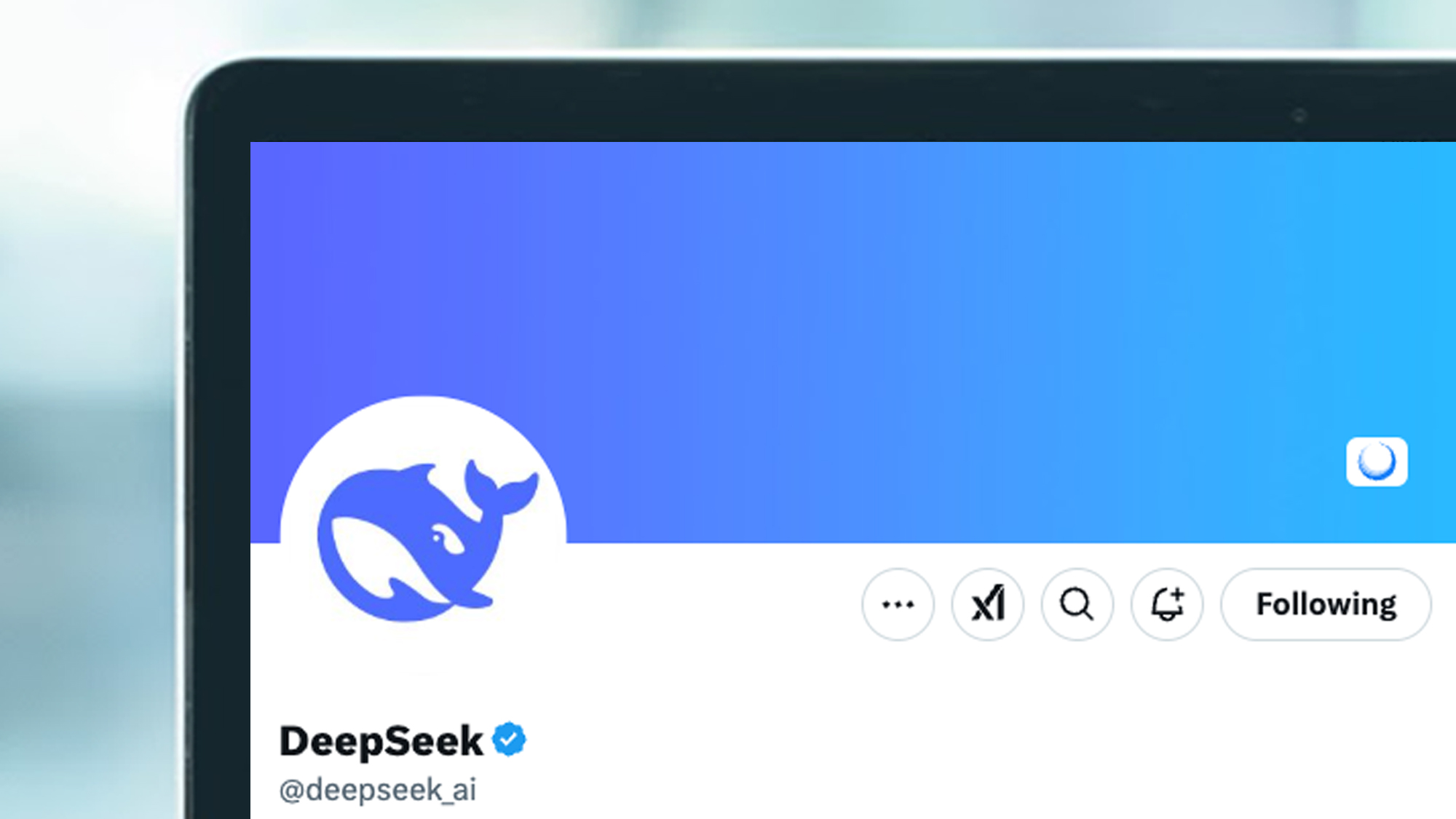Overview
-
Sectors Health Care
-
Posted Jobs 0
-
Viewed 18
Company Description
China’s Ai Enterprise Trump Claims is a ‘Wake-up Call’ For America’s Tech Hub

DeepSeek says its most recent AI model is as excellent as those of its American competitors, was cheaper to develop and it’s available for free. What does that mean for US AI supremacy?

A Chinese business called DeepSeek, which just recently open-sourced a large language design it claims performs along with OpenAI’s most capable AI systems, is now the white hot center of attention for the AI neighborhood. Its tech is being lauded as one of the finest open-source challengers to top American AI designs, stiring stress and anxieties about China’s formidability in the heightening global AI race and stimulating U.S. startups to re-examine their own work after a foreign rival apparently did so far more with so fewer resources.
In late December, the little Chinese lab, based in Hangzhou, released V3, a language model with 671 billion parameters, which was reportedly trained in 2 months for simply $5.58 million. That’s an expense orders of magnitude less than OpenAI’s GPT-4, a larger design at an approximated 1.8 trillion criteria, however built with a $100 million price. Last week, DeepSeek tossed down another onslaught, launching a model called R-1, which it declares rivals OpenAI’s o1 design on what’s called “thinking tasks,” like coding and resolving complicated math and science issues. OpenAI charges users $200 each month for such models; DeepSeek provides its own for complimentary.
The power of DeepSeek’s model and its pricing are already shifting the method American AI startups run their organizations. It’s a cheap, compelling alternative to offerings from like OpenAI, Jesse Zhang, CEO of Decagon, which builds AI agents for client service, informed Forbes. DeepSeek’s brand-new design will likely require American AI giants like OpenAI and Anthropic to review their own prices.
Eiso Kant, CTO and co-founder of Poolside AI, a unicorn that develops AI for software engineering, informed Forbes that DeepSeek’s strength remains in its engineering capability to do more with less.
“What DeepSeek is revealing the world is that when you put a strong focus on making your training compute-efficient, you can do a lot,” he said. “There’s amazing things that you can continue to squeeze out of these Nvidia chips to make them incredibly more efficient.”
“It’s sort of wild that somebody can go in and spend hundreds of countless dollars for a closed source model. And then all of an abrupt you get an open-source one that’s simply out there free of charge.”
With OpenAI’s o1 model supposedly bested on particular standards, some startups have actually currently started obtaining information to train advanced systems, Manu Sharma, CEO of data identifying company Labelbox informed Forbes. “I think the AGI race is sort of reset in many methods,” he stated. “We are going to simply see far more competitiveness across the board.”
Alexandr Wang, the billionaire CEO of training information behemoth Scale AI, recently called the model “earth shattering.” And Aravind Srinivas, CEO of $9 billion-valued AI search start-up Perplexity has actually said that he prepares to incorporate the design into the main search product. AI chip business Groq has actually already added DeepSeek’s R1 design to its language processing units. (In June, Forbes sent out Perplexity a cease and desist after accusing the startup of using its reporting without permission.)
Others are less amazed. Writer CEO May Habib told Forbes she’s not surprised that DeepSeek’s models, trained on a substantially smaller sized spending plan, are able to match the most intelligent designs in the US. In October, Writer released a design that was trained with simply $700,000, when it cost $4.6 million for OpenAI to build a model with similar abilities. The company utilized synthetic data to lower its training costs.
“Even before DeepSeek’s model blew up on the scene, we have actually been stating that these designs are commoditizing. They’re getting a growing number of distributed,” Habib stated.
Over the weekend, as buzz about the business grew, DeepSeek surpassed ChatGPT on Apple’s app shop, ranking No. 1 totally free app downloads in the United States. Then, on Monday, numerous U.S. tech stocks nosedived as panic around DeepSeek’s successful model launch spread. By day’s end, AI chip leviathan Nvidia’s market cap had actually been shaved down nearly $600 billion.
It was a staggering upending of the AI world order. “It’s type of wild that somebody can enter and invest hundreds of countless dollars for a closed source model,” Greg Kamradt, president of ARC Prize, a not-for-profit that standards AI designs, informed Forbes. “And then suddenly you get an open-source one that’s simply out there free of charge.”
For weeks DeepSeek’s models have actually been lauded by some of the most popular names in the AI world consisting of Meta’s chief AI scientist Yann LeCun, OpenAI cofounder Andrej Karpathy and Nvidia’s senior research scientist Jim Fan. But news of the company’s newest accomplishment has sent America’s AI heavyweights scrambling to figure out simply how the Chinese business is getting such outstanding results while spending a lot less money.
“Deepseek R1 is AI’s Sputnik minute,” investor-billionaire Marc Andreessen composed on X.
“The release of DeepSeek, AI from a Chinese company, need to be a wakeup call for our markets that we require to be laser-focused on completing to win.”
Despite the pomp and bombast of the Trump administration’s current AI statements, DeepSeek has actually increased worries that the U.S. might be losing its AI edge – especially because it’s been so successful in spite of the tight US export controls that prevent it from utilizing Nvidia’s cutting-edge AI chips. The business’s latest accomplishment is a sobering counterpoint to Project Stargate, a joint venture between OpenAI, Oracle and Japanese tech corporation Softbank, to invest $500 billion in AI facilities.
Ahead of a conference with House Republicans in Florida on Monday, Trump acknowledged the risk. “The release of DeepSeek, AI from a Chinese business, ought to be a wakeup call for our industries that we require to be laser-focused on completing to win,” he stated.
There are caveats to DeepSeek’s most current achievement. Researchers have actually discovered its AI models tend to self-censor on topics that are delicate to the Chinese Communist Party (CCP). Security researcher Jane Manchun Wong informed Forbes DeepSeek’s models do not react to concerns about Chinese President Xi Jinping and the 1989 Tiananmen Square demonstrations. Beyond this, there are personal privacy concerns. Data got in into DeepSeek’s models is saved in servers located in China, according to its policies.
Divyansh Kaushik, a vice president at nationwide security advisory firm Beacon Global Strategies cautioned Forbes versus people using DeepSeek without comprehensive vetting. “Unless we can have clear national security and totally free speech examinations of Chinese designs, they should be dealt with like propaganda arms of the CCP,” he stated. “They should be treated as Huawei on steroids.”
The problem is DeepSeek’s worth proposal: a state of the art AI thinking design that’s complimentary to utilize and open in the closed, fee-based AI world being built by companies like OpenAI and Anthropic. “It’s far better to have a Chinese design that is open source versus an American design that is closed source,” said Labelbox’s Sharma.



